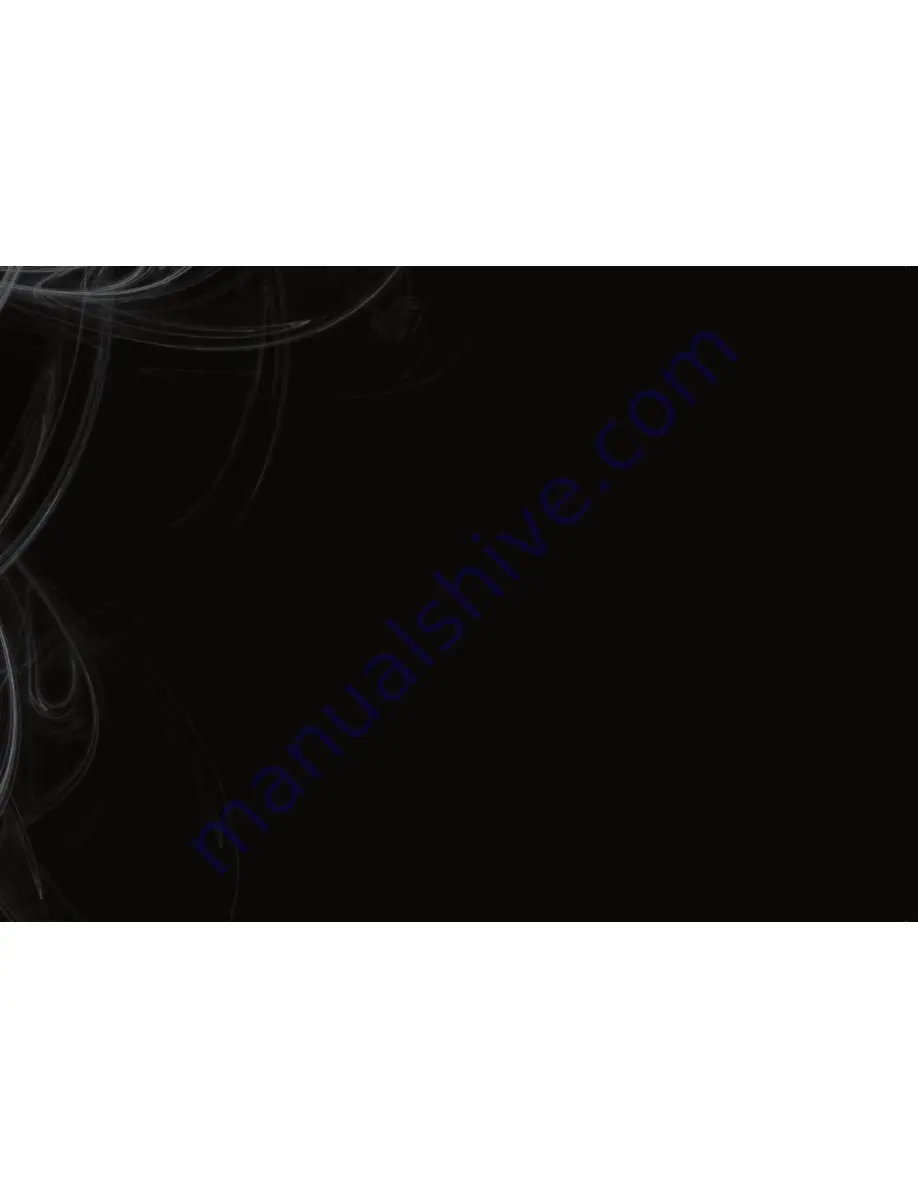
Bar care:
• Make sure you regularly check your bar for wear and tear. Replace parts when
needed.
• Make sure your flying lines are free of knots.
• Before launching, always check that your quick release is in working order and
free of sand or other debris.
• After every session, rinse your bar with tap water to remove any salt or sand
from the bar.
If there are problems with your kite or your bar, please contact your Peter Lynn
dealer.
CarE and MaintEnanCE
Peter Lynn products are designed to be strong and durable. The extreme nature
of the kite sport puts a high strain on the equipment involved. By taking good
care of your equipment, you can minimize the wear on your equipment.
Kite care:
• Inspect your equipment before launch. Check for tears, abrasions, undone
stitching, and all other forms of damage.
• Regularly remove sand or other dirt from your kite, to improve flight perfor-
mance ad reduce wear.
• Avoid crashing the kite on its leading edge. A hard crash can
damage the profiles or cells of the kite.
• Regularly check your bridles for wear and tear. Regularly check if the lines are
still intact and that loops are free of wear.
• Do not rig on rough terrain. Stay far away from sharp items that could dam
-
age your kite, such as seashells, trees, washed up wood or fences.
• Secure your kite using soft items like sand or sand bags. Do not use items
with sharp edges like rocks.
• Do not unnecessarily leave a kite unused for a longer period of time to pre
-
vent UV damage.
• Always make sure your kite is dry before packing and free of sand or sharp
items. Let your kite dry naturally, do not use devices such as a hair dryer.
• Regularly rinse your kite after using it on the beach. If you want to clean your
kite, use a soft cloth moistened with lukewarm water only. Never use chemi
-
cal cleaners, they will damage the fabric.
• Never put the kite in a washing machine and never try to iron your kite.
• When storing for a long time, it is advised to leave part of the bag open, to
allow fresh air to get in the bag, and any remaining traces of moist to dry up.
Summary of Contents for 3 line bridled foil
Page 1: ......


































